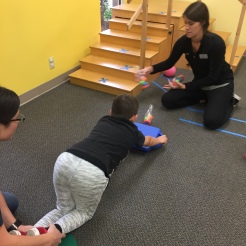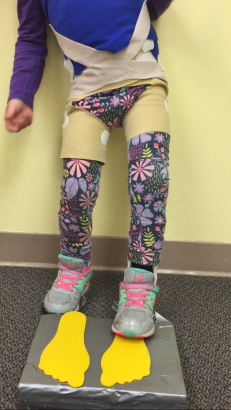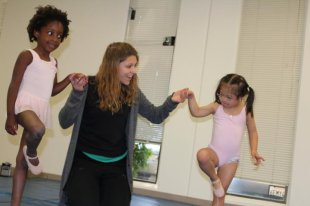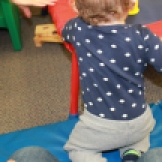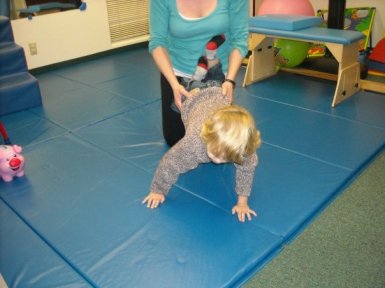
Why are pediatric PTs always talking about core strength and what does that term that is thrown around so frequently even mean? And is core strength the same as trunk strength and is that the same as core stability? Hopefully, this brief overview will help to clear the air!
Core: When we think of the “core” of the body, our first thought is the abdominal musculature. While the abdominals play a crucial role in all of our functional movements, they are just one of the many important muscle groups that make up the “core.” We can also add shoulder, scapular, back, and hip muscles to the list. We can think of anything from the neck down to the upper leg as part of the “core.”
Core Strength: Core strength refers to the ability of the indicated muscle or muscles to perform as movers. For example, a sit up or moving from extension to flexion requires core strength.
Core Stability: Core stability refers to the ability of the indicated muscle or muscles to perform as stabilizers, therefore, preventing movement of a joint or joints. When we are referring to core stability, we are most often referring to how well the core muscles can work to prevent unwanted movement of the lower part of the spine and pelvis. For example, when we squat to pick up our kids, laundry baskets or grocery bags, we want the abdominal muscles to work as stabilizers to prevent unwanted movement of the lower spine.
Trunk Strength/Stability: Okay, okay, so what is trunk strength? Well, as pediatric therapists, we often use the term “trunk” and “core” interchangeably. They are just two different terms that mean the same thing. So, if you see both terms in a report or other documentation pertaining to your child or yourself, feel free to ask us! Most likely, we are talking about the same thing but we strive to improve our consistency and you can help by bringing it to your attention.
For more information on the importance of the core musculature as well as for tips/ideas on how to improve the function of the core, take a look at some of our previous blog posts.
Core Strength – Building a Solid Foundation
Having a Ball with Core Muscle Strength


